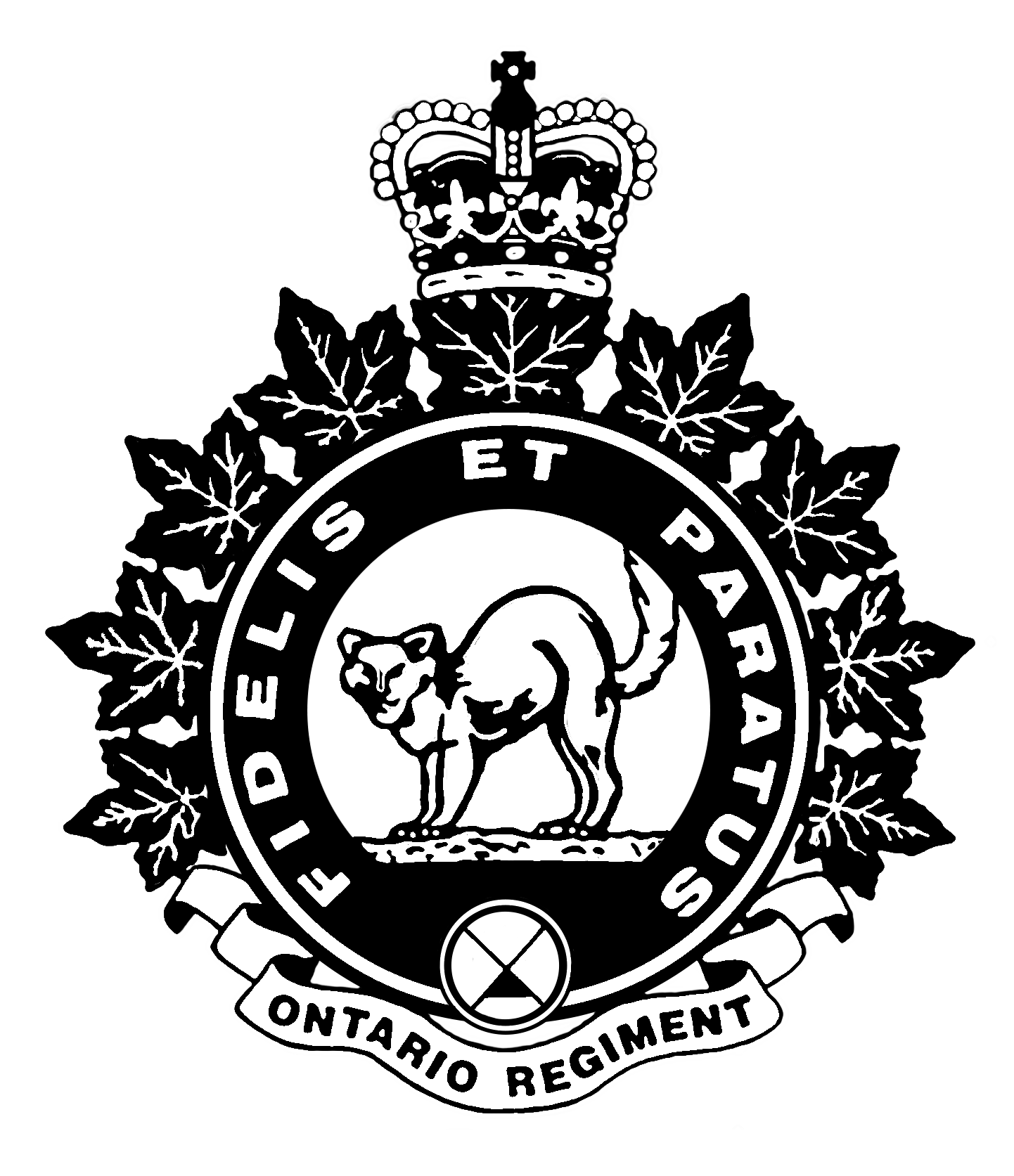Battle of Aquino
Aquino is a small farming town in south central Italy about 120 km southeast of Rome. Even today, it has just over 5,000 inhabitants. In 1944, Aquino anchored the western end of the Hitler Line. The Hitler Line was a defensive line of obstacles and strong points which blocked the advance to Rome along the Liri Valley.
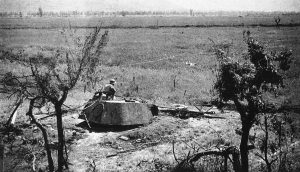
The Hitler Line was considered a Main Defensive Line by the German High Command. It ran from the mountains north of Aquino to Aquino and then across the high ground to Pontecorvo, where the Liri River provided a natural barrier. The Hitler line was constructed over five months by Todt labour battalions. The Hitler Line was built to have defense in depth to 900 meters. The entire line was protected by a 19 foot wide barrier of barbed wire, mines, and an anti-tank ditch. All approaches were covered by mortars, machine guns, and anti-tank guns. Of special interest were eight Panzerturms These were fifty foot by fifty foot cement bunkers topped with the turret of a Panther V and its 75mm gun (1200 m range). Each Panzerturm was supported by a minimum of three anti-tank guns and a number of machine guns. The Panzerturms were highly camouflaged as were all German defensive works. There were also over 70 self propelled guns. The entire line was supported by the 90th Panzer Grenadier Battalion and an array of German Paratroopers from the 1st Parachute Division.
On 19th May 1944, Lt.Col. Robert (Bob) Purves commanded the Ontario Regiment.They were encamped just south of Aquino. The OntRs were tasked with supporting the British 26th Armoured Brigade. The 26th was to sweep through Aquino and then hook behind the German Lines. The OntRs were then to directly support the British 30th Infantry Brigade in exploiting the gap created by the 26th’s attack.
The attack stepped off at 0500 that morning. The regiment had bivouacked in a small copse of trees south of the Acquino Airport for the previous night. The weather was a steady drizzle of cold rain all night and the morning advance was conducted in heavy fog.
The order of the attack was as follows. B Squadron under Maj. McIndoe was to advance along the road to the airport with Royal East Kent Regiment (5th Buffs) to take and move through Aquino. Maj. Millen’s A squadron was to move to the north end of the airport and defend the right flank. The left flank was protected by the 8th Argyle and Sunderland Highlanders. C Squadron was held in reserve.
At 0700, the A Squadron Shermans moved onto the airport. Their role was to provide covering fire to the Royal East Kent and to engage targets of opportunity.
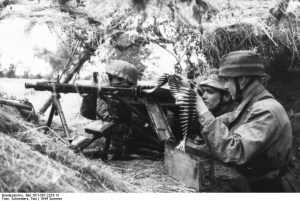
First blood was drawn by a German Anti-tank gun well camouflaged within the Aquino cemetery. It engaged and knocked out a B Squadron tank at 0745 between the Airport and the Village of Aquino. The infantry was pinned down by German Machine gun emplacements at the edge of the cemetery.
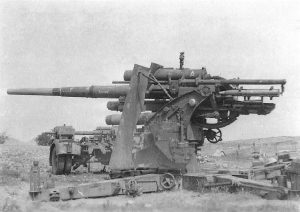
A second troop from B Squadron flanked the cemetery and moved within 300 yards of Acquino. The troop was engaged by an anti-tank gun but the gun was destroyed.
Immediately, all three tanks of the troop were taken under fire by a camouflaged bunker with an 88mm gun. All three tanks were repeatedly hit but continued to shoot at the 88 until the tanks caught on fire. All of the crew members escaped with the exception of Trooper Jack Phillips who was never seen again.
A Squadron attempted to come to the aid of B Squadron. An A Squadron troop was sent to enter the town from the northeast but they came under AT fire attempting to cross a rail road and had to withdraw. A second troop tried the same but sweeping wider, but they also came under direct fire and were forced to withdraw after the troop leader’s tank was knocked out.
C Squadron was then called up from reserve and moved up to provide cover and add to the protection of the right flank.
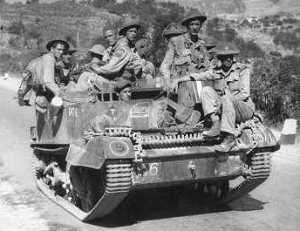
Just before 0900, the Commanding Officer and the signals section of the 5th Buffs was engaged by mortars and the Universal Carriers that they were riding in was destroyed. This meant that the Ontario Regiment Tanks could not communicate with the Infantry that they were supposed to support.
Around 0930, two tanks from B Squadron and one more tank from A Squadron were taken out by AT fire. Both Captain Nichol and Lt. Symons were wounded. A C Squadron troop under command of Lt. Cameron tried to move across the railroad. Two of those tanks were engaged, set on fire and abandoned.
Meanwhile at the airport, the remaining tanks of A Squadron came under German Artillery fire. Maj, Millen was wounded by shell fragments in the head and Capt. “Bud” Hawkins took over command.
The OntRs attempted to renew the advance but as soon as a tank moved, it was exposed and taken under fire.
A large number of British Infantry causalities were moving back to cover at the airport. The OntR Chaplain Waldo Smith and his driver Tpr. Westover used their jeep to transport over 180 British wounded to the Regimental Aid Post.
No further attacks were possible and the OntR and the 5th Buffs retreated back to the cover of the 30th British Infantry Brigade as dusk fell.
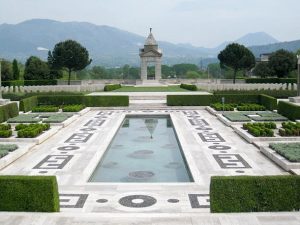
In all, the regiment lost 13 tanks (nearly one third of their total strength). Every tank in the unit was hit at least once by anti tank fire. The regiment suffered five wounded and one missing in action. The regiment destroyed one German Tank, one Self-Propelled Gun, and several AT guns.
The Hitler Line was taken on the 23rd May 1944 by the first and second Canadian Infantry Brigade at a cost of 162 killed, 306 wounded and 75 taken prisoner. The 90th Panzer Grenadier Battalion and the reinforcements the 1st Parachute Division were practically wiped out.
Rome was relieved by the American in June of 1944 and the German Army in Italy surrendered on 29th April 1945.
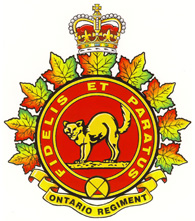
* The above was researched from a number of different sources including but not limited to Canadian Forces sources and the very excellent book “The Liri Valley”by Mark Zuehlke.

